
Navigating Romantic Rejection




The question scribbled on the inside of a neatly folded piece of paper asked “What about when someone you REALLY like doesn’t like you back? When does it stop sucking?”
Ugh. Did that question just land in the pit of your stomach like it did for me?
Whether we survived romantic rejection in Grade 6, Grade 10, or more recently as an adult on an online dating app, it’s pretty easy to re-connect with the sharp edges of romantic rejection.
As with all big life topics, start early and basic!
The earlier we begin having conversations through everyday life moments, the stronger our ’tweens’ and teens’ relationship skills and confidence will be. This starts in elementary school when we teach our kiddos about how to make and be in friendships. As we help them to understand that no matter how amazing they are, not everyone will return their interest and energy. Just as they also won’t return that of others, either.
and ultimately accept those boundaries. If we hold this understanding about boundaries, we can work to accept rejection without making it more personal than it needs to be.
Don’t assume kids will experience romantic attraction.
As youth travel further down the road through middle school and beyond, they deserve to have the adults in their lives make space for the possibility they’ll experience romantic curiosities and connections without
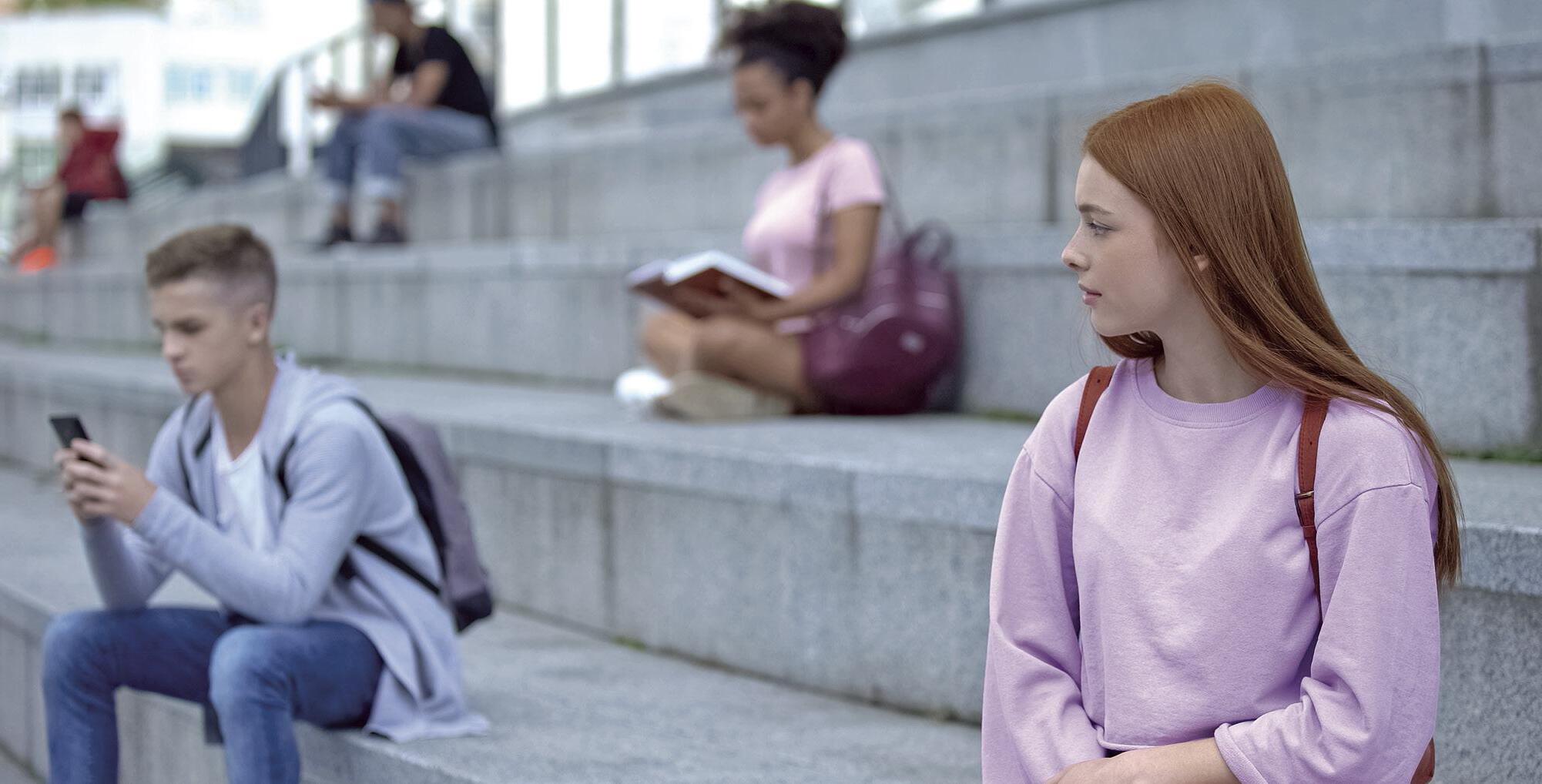
In all honesty, when I consider the thousands of candid, intelligent, intriguing and bold (looking at you Grade 9s!) questions I am asked every year, it’s the questions about rejection that challenge me most. Navigating romantic rejection is never easy but it can be especially difficult for youth in the midst of their new and exhilarating romantic feelings.
As their trusted adults, here are a few useful reminders to help all of us navigate those oh-so-sharp edges of romantic rejection.
Although it feels personal, this rejection is not a reflection of their value as a person; it’s about the other person’s boundaries and our responsibility is to do our own work to respect
teasing or minimizing. Try not to make assumptions that they will experience romantic attraction—many people do not! Young people often tell me that they don’t really
Jennifer Gibson, MA, is also known as “The Sex Lady”— for close to 20 years in Greater Victoria!—to the thousands of amazing youth and adults she is lucky to educate and learn with through her job as the Coordinator of Community Education at Island Sexual Health. She’s passionate about making sexuality education as positive, fun and non-cringe-able as possible.
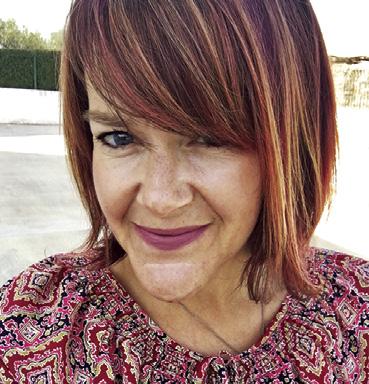
share their relationship issues with the adults around them because they don’t want to deal with ridicule or “cringey” moments.
Create and offer comfortable spaces for youth to talk about their potential romantic feelings and queries. Ask them open ended general questions, leaving space for them to fill in the details if they choose to. Youth often tell me that the least cringey relationship talks with adults happen when everyone can focus on a task at hand like washing the dishes or cleaning out the garage.
Be empathetic and supportive without offering advice.
When youth share a romantic rejection experience with you, meet them first with empathy and offers of support without giving advice unless they ask for it. Empathy will validate those sharp feelings of shock, confusion, disappointment, anger, sadness, grief, embarrassment, regret, etc. Some adults mistakenly assume that youth in their newly found feelings don’t experience true emotional depth. Yet, research tells us that the romantic feelings youth experience do carry significant depth and have lasting impact. These feelings are incredibly powerful to them and acknowledging them as such will support them and build trust between you.
Some of you may have been told after experiencing rejection that there are “plenty of fish in the sea!” and while we may believe this to be true, shifting the focus from what they’re currently feeling minimizes and dismisses a really difficult time in their life. Try to stay with them in their feelings and remind them it’s natural and okay to feel all the things they’re feeling. While we’re all waiting for time to do what the cliché says it will, ask your youth how you can support them through? They may shrug their shoulders and tell you they don’t know or that that’s not a big deal but that act of asking lets them know you’re here with them and happy to follow their lead. Be sure to keep connecting with them in the event they need some extra support through the journey back from the heartache.
And finally, remind them that while you know it’s super hard for them right now, you’re also really impressed, inspired and proud that they were confident enough to take the risk to express their feelings, ask someone out and/or be in a relationship. This helps to remind them that while rejection does suck, they’ve still gained a lot from the experience and when it stops sucking, they’ll be left with something good!




As a mom of three, researcher and psychiatrist with a specialty in youth addictions. I’ve spent the last 20 years poring over the research on health, happiness, and motivation in children, especially teens. In the last decade I’ve added to that focus, the impact of screens on the developing mind. I can assure you that, on the one hand, the science couldn’t be clearer. Rates of anxiety, depression, addiction, and loneliness have skyrocketed in the last decade, almost perfectly tracking the smartphone’s rise. Given the sharp declines in youth mental health, the American Academy of Pediatrics is now calling for universal mental health screening at the age of 12.
Brain development suddenly accelerates during adolescence—at precisely the same time that screen immersion does. At that point, the brain’s “control centre,” hasn’t fully matured. It’s the part of the brain that asks us, Is this really a good idea? What are the longterm consequences? Meanwhile, young brains are wired and rewarded for risk taking, novelty seeking, peer admiration, and social connection. This intense developmental period of reward for risk, novelty, and admiration, combined with undeveloped neurologic programs for long-term planning and appreciation of consequences, can make for a recipe of
confusion, hardship, and even devastation. In addition, the dizzying pace of new apps, platforms, and devices coming onto the market makes it difficult, if not impossible, to provide our teens with timely advice.
Part of our job as parents and educators is to prepare our kids for the world they’re about to enter. To set them up for a lifetime of healthy eating habits, for example, we monitor their diets and help them understand the difference between good and bad foods. It’s time to begin doing the same thing with tech—that is, start young, and help kids understand the link between the tech they’re
consuming and how they think, feel, and behave. We need to teach them that brainboosting tech, just like brain-boosting foods, will lead to greater health and happiness. That toxic tech, including certain video games and social media platforms, can make them feel sad and anxious. And that a little bit of sugary junk tech, whether it’s a video game or a silly TV show, won’t hurt. However, just like sugar, too much will hurt.
Here, from The Tech Solution, is a visual of what a healthy tech diet can look like.
for a Balanced Tech Diet
Now that we know where we need to get to, how do we get there? Well, it’s not by being a permissive “Jellyfish” parent with no limits, boundaries, or monitoring. It also not by being an authoritarian “Shark”, controlling, hovering and imposing. The only method that works is authoritative and collaborative “Dolphin Parenting.”
Dolphin parenting is about guiding rather than directing and encouraging rather than instructing. Dolphin parents teach their children by modelling good behaviour. My favourite example of this style is drawn from nature. When a dolphin calf is born its mother gently nudges her calf along to the surface of the ocean, where it can take its first breath. Rather than lifting her young to the surface, she models swimming for it. For the first several months the dolphin mom guides, models, and instructs when needed, all while staying close to her calf, rarely leaving its side. This present, guiding, “firm yet flexible” style is the core feature of authoritative parenting.
Dolphin parenting is even more effective because it also emphasizes the importance of a balanced lifestyle, focusing on the P.O.D. –Play/exploration, Others/social bonding, and Downtime/self-care. This is why I consider the terms dolphin parenting, balanced parenting, and intuitive parenting to be interchangeable. The goals are the same: nurturing curious, confident, connected, adaptable, and resilient kids through a balanced lifestyle and the dolphin parenting behaviours of bonding, role modelling, and guiding.
There is no doubt the world has changed and our children’s future is both exciting and un-predictable. In our fast-paced, everchanging, globally connected, and ultracompetitive world; the “future-ready” skills are resilience, collaboration, and innovation. If we guide our children to remember their daily dose of play, others, and downtime and consume a healthy tech diet, they are well on their way!

Dr. Shimi Kang is an award-winning psychiatrist, researcher and best-selling author of The Dolphin Parent and The Tech Solution. She is also the founder of Future-ready Minds (dolphinkids.ca), co-founder of Get Sparky app (getsparky.ca) and host of the YouTube Show, Mental Wealth with Dr. Shimi Kang.
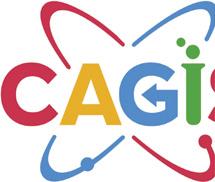


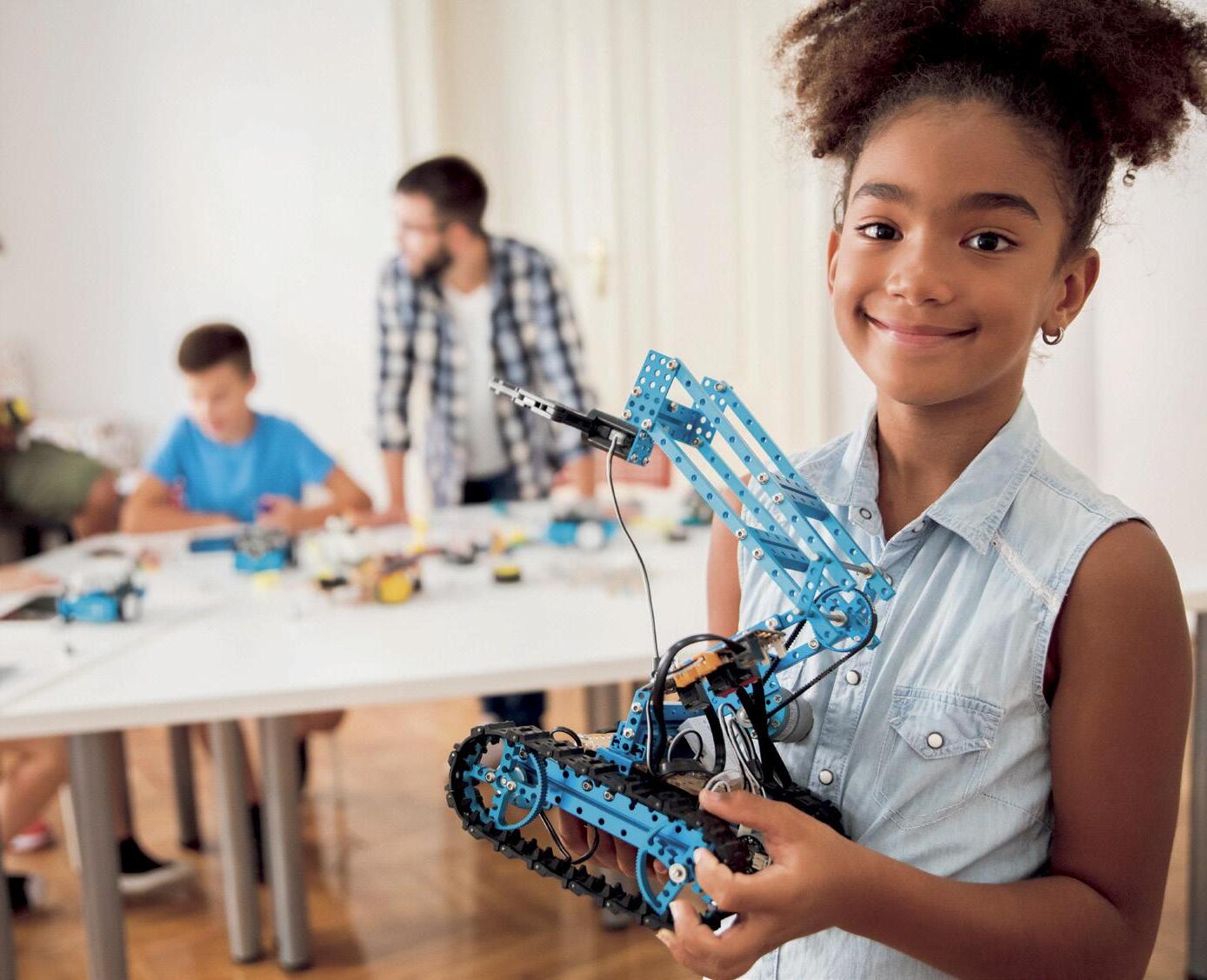



Creativity and creative expression often get dismissed as trivial and impractical. However, creative perspective is an invaluable tool that can help kids navigate obstacles along life’s trajectories all while promoting contentment in self and place. The concept of feeling satisfied and content in the most common and minimal of moments, like creativity, is often undervalued.
Creativity and creative play are intertwined with post-natal brain development; teaching children to think creatively and problem solve using their imagination—whether that be learning to pick up a spoon by first learning to pick up a building block or figuring out mischievous ways to summit the gated staircase— children learn through a creative lens.
A child’s resourcefulness and inventiveness is first imagined before it is realized—this in and of itself is a creative process. We teach children to learn to comprehend and communicate by creative means.
As children grow older, the onus flips to rigid and logical problem solving—sensible, well thought-out, tried-and-tested solutions. While logical course of action has its place, wielding this position consistently can be damaging to brain development as well as socialization and overall wellness. Creative expression should not be something we box away after early childhood. It should continue to be explored into adolescence and adulthood.
Creativity in its expression is a form of communication and there is a longlist of benefits to harnessing it in young adults and teens. Here are three examples:
1. Creativity inspires individuality. Creativity promotes expression. Expression is proven to be paramount to our sense of well-being and place.
Creativity inspires individuality and encourages self-reflection. It also helps to form a secure sense of self and by extension selfworth – the ingredients for healthy growth and endurance. It enables us to explore and discover the many layers of capacity and emotion that lie within us that otherwise may never surface. Expression also acts as a vehicle for release. It creates the opportunity to let go of emotional, mental and even physical barriers and pressures.
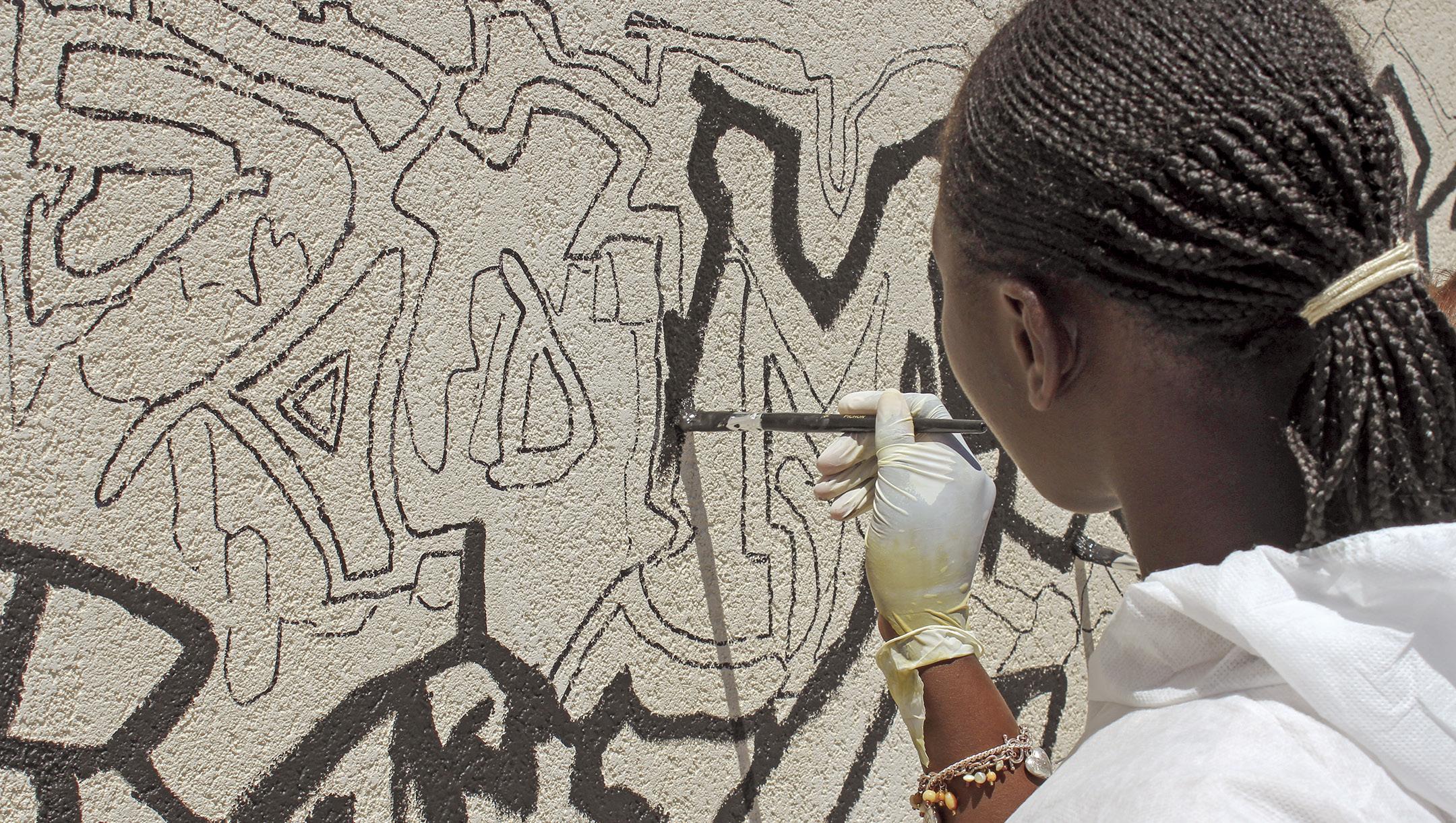
2. Creativity boosts self esteem and reduces distraction.
Creativity helps boost the body’s endorphins. Increased dopamine levels generate a natural sense of optimism and positivity in the brain. This not only contributes to overall improved health but increased self-esteem and a fulfilled sense of place and being. Studies show that drawing, painting or molding objects from clay can help people to deal with different kinds of trauma.
Creativity is joyful and fun! When something is interesting and fun it is so much easier to digest than something that is mundane and dull. This POV can be used to reduce procrastination and curtail distraction. Creativity aids in the unlocking of routine and mundane perspectives. It offers us the ability to see something that may seem dull and mundane, as interesting and fun.
3. Creativity champions earned rewards over instant gratification. Being creative requires time, effort, attention to detail, care, belief and determination. The investment of time, effort, attention to detail, care, belief and determination means that your senses and motor functions are stimulated and activated. You are invested. You have something to lose and something to gain. You care. When you care and work for
something, the reward is so much more gratifying than instant gratification.
Creativity fortifies contentment in self and place, helps to traverse practicalities and overcome limitations. It fosters understanding, discipline, learning, interpersonal relations and growth. It sheds light on the banal and amplifies the extraordinary.
Creative communication is not something that should be limited to associations with early childhood, theatre, idiosyncrasy and/or eccentricity. We all have the aptitude for creativity and creative expression.
As parents or guardians, we should nurture and encourage divergence and experimental thinking. The list of creative outlets and associated benefits are endless. Fashion, music, sculpture, photography, parkour, comedy, fine art, design, floriculture, woodwork, letter writing, scrapbooking, cooking, antiquing, coffee roasting. I could go on but you get the idea—get creative!
Laura Noonan is an artist, writer and curator from Ireland now living in Vancouver. She is the owner and operator of LKN Design Press, specialising in creative direction, partnerships and events.
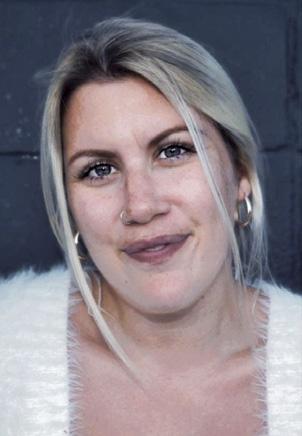
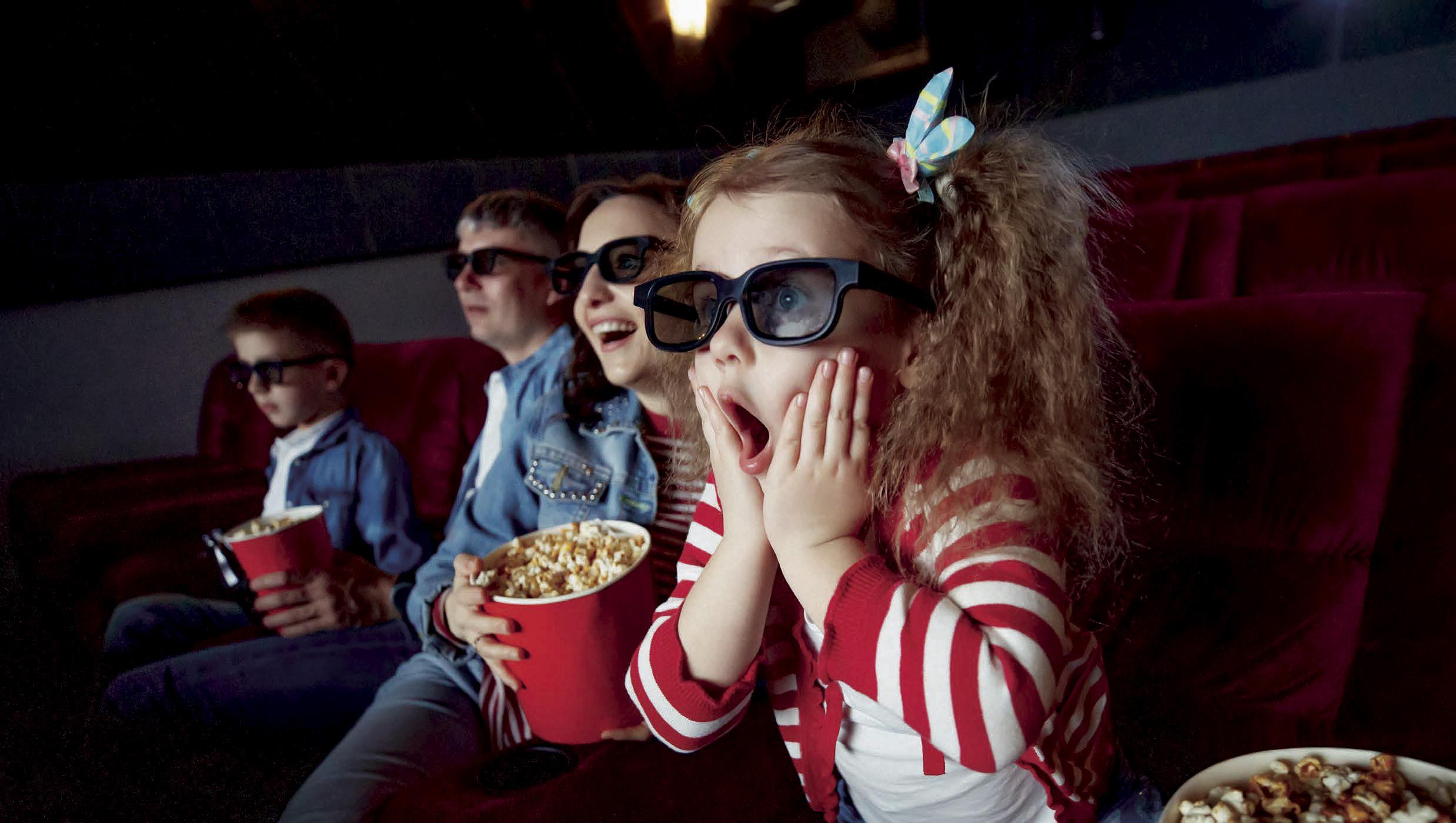

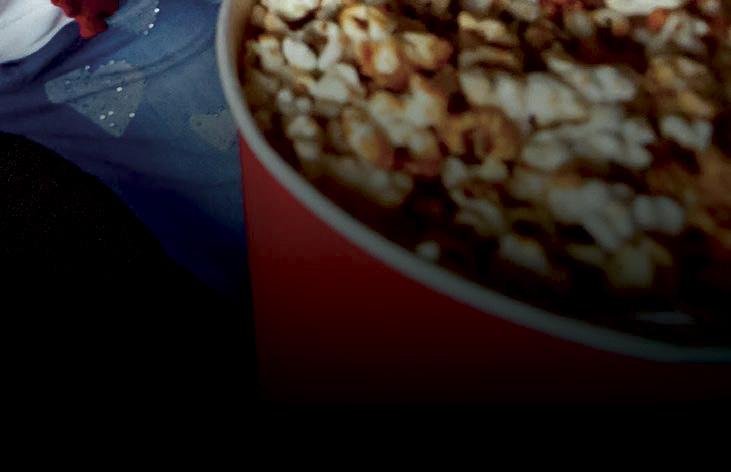
Purchase an IMAX® Victoria pass and enjoy UNLIMITED regular documentary films for 12 months, and also all of these special passholder perks:
ᤱ FREE large popcorn voucher for every IMAX® Victoria Pass purchased in November 2022
ᤱ FREE upsizing to the next size on soft drink and popcorn purchases
ᤱ Admission to Hollywood films for just $6.50 (2D) and $7.50 (3D)
ᤱ 20% discount on IMAX® Victoria tickets for your guests
ᤱ 20% discount on Royal BC Museum admission
ᤱ 15% discount on regular priced items at The Shop at IMAX® Victoria
ᤱ 10% discount at the Royal BC Museum Shop
ᤱ Invitations to exclusive passholder events

Ministry approved BC curriculum Kindergarten to Grade 12 program
Full time studies for K to Grade 9
Full time or part time available Grade 10 to 12
Adult Learning options
Grade 8 to 12: over 50 course options

Innovative Learning Management system
Experienced Online learning teachers
Opportunities for self-paced, flexible, convenient learning
Direct teacher support available
Develop communication and technical online skills registering